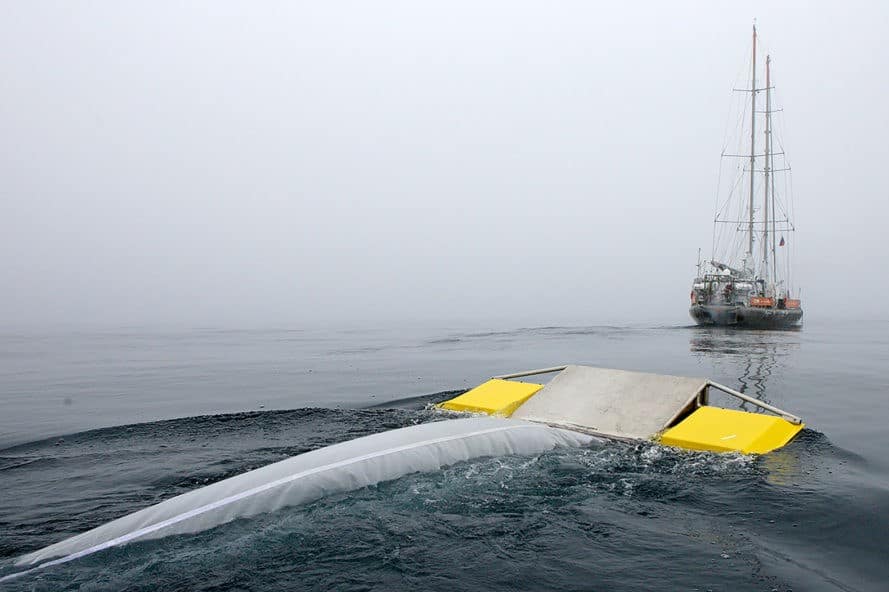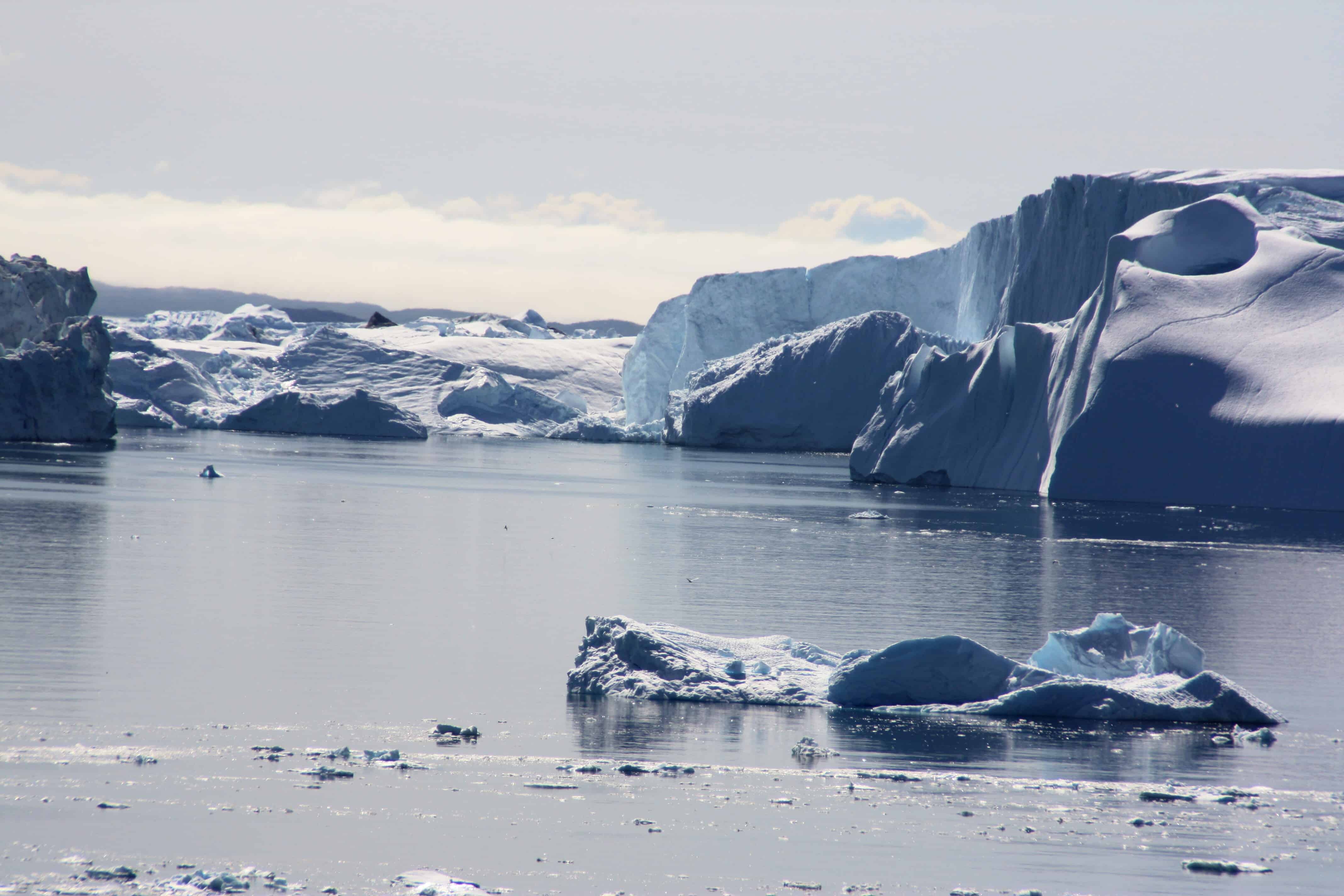
Did you know? Approximately 80% of the plastic that is tossed into landfills ends up in the ocean. As a result, giant convergences of trash (predominantly made up of plastic) are floating in oceans around the world. The largest, which is known as the Great Pacific Garbage Patch, is twice the size of Texas! Not only does plastic debris slowly break down and contaminate the environment, oftentimes it is ingested by marine animals who believe the particulates or pieces of trash are food.
As horrible as this is, the seriousness of the situation just escalated. Recently, an international team of scientists from 12 institutions in eight countries discovered a new garbage patch swirling in the Greenland and Barents seas, located north of Norway. According to The Verge, between 100 and 1,200 tons of plastic are concentrated there, adding further threat to wildlife and exacerbating climate change.
The new garbage patch was discovered by the Tara Expeditions Foundation. Scientists dragged for plastic at 42 sites in the Arctic Ocean. One-third of the locations didn’t have any plastic. However, a large convergence of plastic was found amassing above Norway. This garbage patch is smaller than the Pacific or Mediterranean garbage patches but is still greater in size than the researchers expected to find. No longer can one assume waters in the Arctic are pristine.
Andrés Cózar of the University of Cádiz commented on the finding, stating:
“We did not expect to find high concentrations of plastic there, so far from the populated regions and the large sources of plastic pollution.”

Cózar is the lead author of the study and published the findings in the journal Science Advances. The scientists concluded that Europe and America’s East Coast are largely to blame for the new garbage patch. Study co-author Erik van Sebille who works with the Netherlands’ Utrecht University explained:
“If a plastic bottle or a plastic bag gets into the Atlantic from Europe or the East Coast of the U.S., that has a very good chance of ending up in the Arctic. The problem with plastic specifically being in the Arctic is that it’s going to get into the food chain of animals that are very much under threat already, that are struggling to survive in a changing climate.”
Please raise awareness about the issue of plastic pollution by sharing this article and commenting your thoughts below. It is past time humans acknowledge their unsustainable habits and support sustainable initiatives which may allow future generations to thrive on planet Earth.


